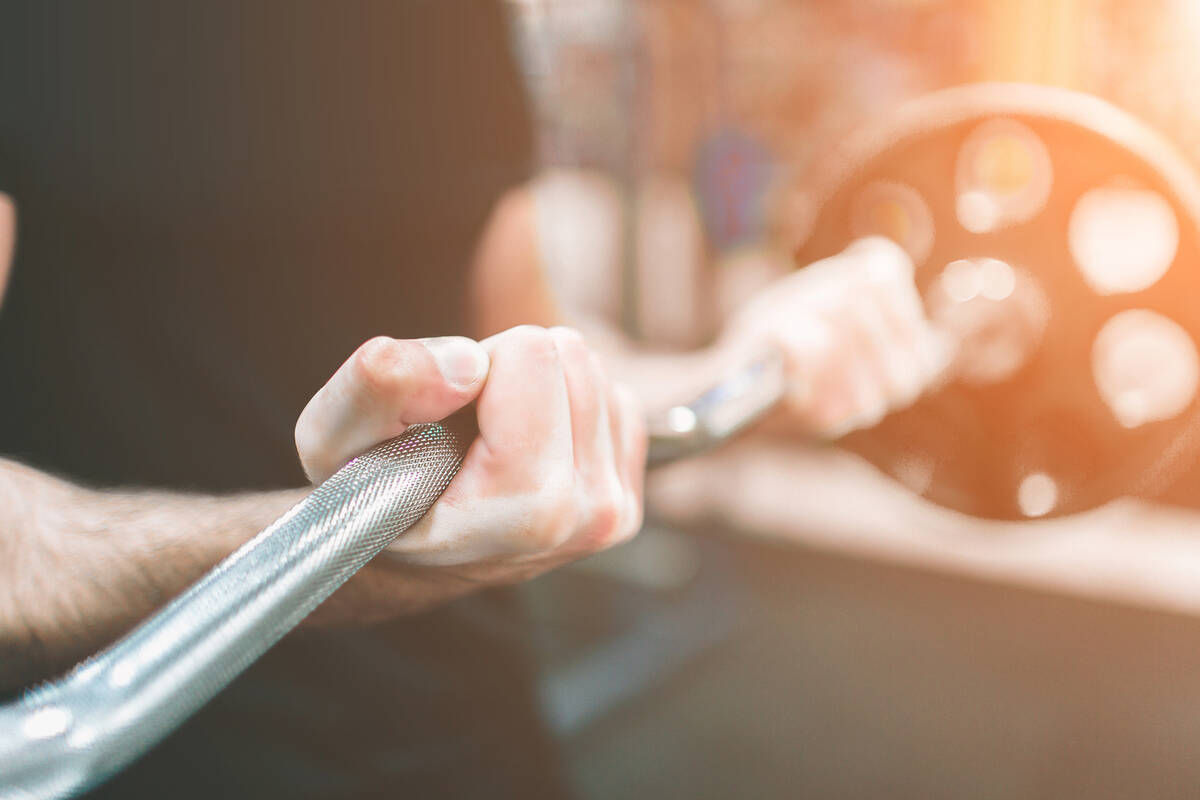How to avoid sprains, strains and tears of the upper arms
Question: I am trying to get into shape for summer, and one area that has always been challenging has been my upper arms. Recently, I began a workout routine, but a friend warned me about the risk of injuries. Do you have any advice to avoid problems?
Answer: Having well-defined, muscular upper arms often is the goal of anyone seeking a fit and toned appearance. But there’s more to these hardworking muscles than good looks.
The primary arm muscles include the biceps, the muscle in front of your arm, and the triceps, the one at the back. They do the heavy lifting when flexing or extending your arm and making twisting motions.
Despite their strength, these muscles can be damaged through overuse or forceful injury, such as lifting a heavy object from a truck bed or incorrectly using weights at the gym. Overuse can irritate the tendons, which connect muscles to bones, causing pain and inflammation. A forceful injury can tear or rupture the biceps or triceps tendons.
Injuries to the upper arm muscles and tendons are most common in men ages 30 to 50, but women also may experience them.
While bruising and swelling are obvious signs of an injury, many people may simply experience severe arm pain as well as shoulder and arm weakness. Depending upon the situation, there also may be a bulge.
Tendon ruptures
Among the most common injuries is a tendon rupture. If you have a ruptured tendon, you may feel a tearing sensation and actually hear a pop. This typically occurs around the elbow but sometimes at the shoulder. The muscle tends to ball up, forming a “Popeye” bulge that doesn’t improve. It usually is accompanied by swelling, bruising, cramping and extreme pain, as well as loss of function.
The sooner a rupture is treated, the better the recovery, since scar tissue can form and the arm muscles can begin to weaken or atrophy. Consult with an orthopedic surgeon to learn about nonsurgical and surgical options.
Treating injuries
Some patients choose to forgo surgery. However, pain, arm function and appearance won’t improve over time.
If a tendon ruptures, the first line of treatment is to reattach it to the bone using sutures and anchors. This surgery is typically an outpatient procedure.
Recovery may take three months or more. After surgery, the arm is immobilized by a splint with a 90-degree bend at the elbow and a sling for several weeks, giving the repair time to heal.
Passive therapy, in which someone moves your arm for you, is designed to help you regain range of motion and prevent the elbow from stiffening. You may want to continue using the sling for protection and comfort.
At four to five weeks after surgery, active motion helps you regain strength. At that point, you’ll be able to do light activities, such as getting dressed, personal care and working at a computer. By three months, you’ll be gradually rebuilding strength through increased activity.
Preventing injury
To prevent injury to your upper arm muscles and tendons, maintain overall strength, avoid overloading your arm muscles and be sure you’re using proper technique when working with weights at home or the gym. If you are not sure what proper technique means, consider reaching out to a sports medicine specialist or a physical medicine expert.
If you are concerned about an injury, don’t delay in seeking out care.
Dr. Douglas Bartels is an orthopedic surgeon with the Mayo Clinic Health System in Eau Claire, Wisconsin.


















